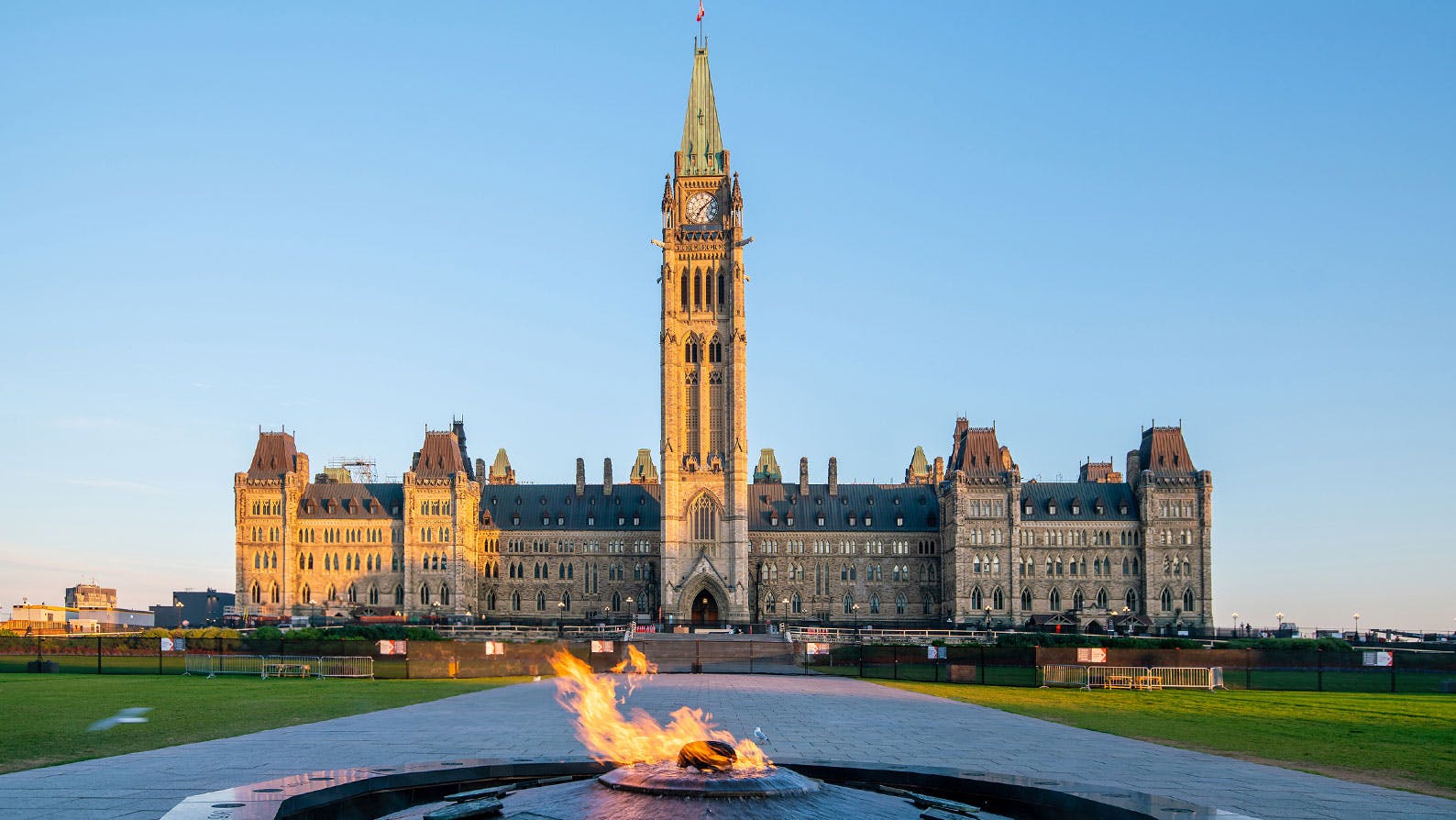May 31, 2017
Could a Supreme Court decision alter the nature of trade within Canada? Read this blog from the Chamber's Economic Policy Analyst, Franco Terrazzano, to find out.
When discussions on trade come up, they tend to revolve around international issues. Given our reliance on external markets, with nearly one third of total GDP coming from international exports, there is good reason for the outward focus.
However, right here at home,Canada has internal trade barriers that need to be addressed to significantly improve market access for businesses.
The backstory
Nearly 150 years ago, the Canadian Constitution attempted to lay the foundation for free trade within the Dominion. According to section 121:
“All articles of the Growth, Produce, or Manufacture of any of the Provinces shall, from and after the Union, be admitted free into each of the other Provinces.”
When read in plain English, it would appear the Constitution paved the way for free trade within Canada. However, interpretation issues have arisen around the meaning of “admitted free.”
Previous court rulings – including the Supreme Court’s decision in Gold Seal Ltd. V Alberta 1921 – have interpreted section 121 as merely prohibiting provinces from placing tariffs (“admitted free” from tariffs) on goods traded between provinces.
The result
Provinces have created costly regulations to protect local interests at the expense of open Canadian competition.
These regulations – or “internal trade barriers” – drive-up business costs, reduce consumer choice, and cost the Canadian economy billions of dollars each year.
Internal trade barriers include:
- Provincial monopolies
- Different standards for equipment
- Tax rebates and support programs
- Restrictions on the movement of labour
- Content requirements
- Mandatory provincial-sale requirements
- Packaging requirements
- Provincial quotas
Canadian governments have attempted to remove some of the regulatory barriers by creating provincial trading agreements such as the Agreement on Internal Trade, and the Canadian Free Trade Agreement (takes effect July 1, 2017).
While these agreements have been steps in the right direction, previous constitutional interpretations have maintained the province’s ability to use regulations as trade barriers.
But potential changes are on the horizon
On May 4, 2017, the Supreme Court announced its decision to hear a case that re-examines the interpretation of section 121. The case will specifically determine whether the Liquor Control Act of New Brunswick violates the Constitution by establishing rules that limit the amount of alcohol individuals can import into the province.
New Brunswick’s provincial court ruling found the Liquor Control Act to be in direct violation of the Constitution. That is, this court interpreted section 121 to prohibit all internal trade barriers – not just tariffs.
With this Supreme Court review, there is potential for many other cases that rely on previous interpretations of section 121 (“admitted free” from tariffs) to be called into question. This could have implications for literally hundreds of internal trade barriers, granting businesses all across Canada with greater market access.
By limiting a province’s authority to erect internal trade barriers, this case has the potential to drastically alter trade within Canada. Nearly 150 years later, the constitutional right to trade freely within Canada may finally be upheld.
With billions of dollars on the line for Canadian businesses, the Chamber will closely follow this case and provide updates as they emerge. Stay tuned.
Gianfranco (Franco) Terrazzano is an Economic Policy Analyst at the Calgary Chamber.





